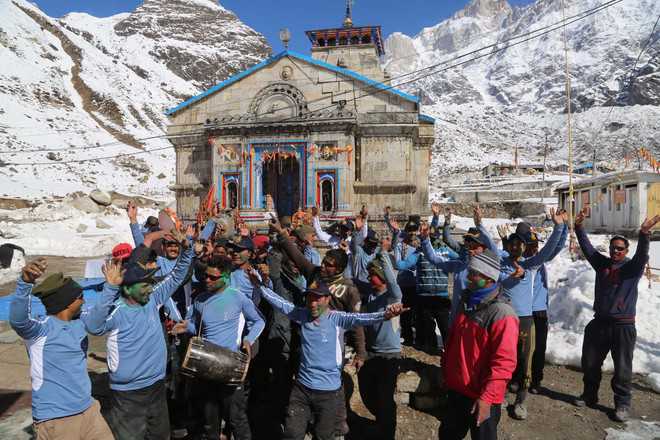NEW DELHI: Defamation will remain a criminal offence in India, the Supreme Court ruled on Friday, rejecting pleas from top politicians and public intellectuals that the British-era provision was an outdated idea that undermined free speech.
The verdict deals a blow to advocates of free speech, who had hoped to nudge the courts to either abolish or water down the criminal defamation law which, they say, discourages
dissent and forces people to hold back even fair criticism of powerful people. The court said the right to speech was sacrosanct but not absolute, and that one’s right to reputation was part of one’s fundamental right to life. “When reputation is hurt, a man is half-dead. It cannot be crucified at the altar of one’s right to free speech,” a bench comprising justices Dipak Misra and Prafulla C Pant said. See page 12
SC ORDER Says individual’s right to reputation part of a person’s right to life
NEW DELHI: Defamation will remain a criminal offence in India, the Supreme Court ruled on Friday, rejecting pleas from top politicians and public intellectuals that the British-era provision was an outdated idea that undermined free speech.
The verdict deals a blow to advocates of free speech, who had hoped to nudge the courts to either abolish or water down the criminal defamation law which, they say, discourages dissent and forces people to hold back even fair criticism of powerful people.
The court said the right to speech was sacrosanct but not absolute, and that one’s right to reputation was part of one’s fundamental right to life.
“When reputation is hurt, a man is half-dead. It cannot be crucified at the altar of one’s right to free speech,” a bench comprising justices Dipak Misra and Prafulla C Pant said.
“(It is) difficult to perceive that (the) provision on criminal defamation has chilling effect on right to freedom of speech and expression,” it said, adding the law served social interest.
The court ruling came in response to more than two dozen petitions, including from BJP leader Subramanian Swamy, Congress vice president Rahul Gandhi and Delhi chief minister Arvind Kejriwal – all of whom face criminal defamation cases.
The court said they will have to stand trial in the cases against them.
The petitioners still have the option to ask the Supreme Court to review its verdict or refer the matter to a constitution bench.
In India, criminal defamation is punishable by two years in jail, a fine or both. Indians largely enjoy freedom of speech, but over the years cases have risen of dissenting voices being dragged to court or citizens being jailed for expressing their opinion, especially on social media. Worldover free-speech votaries are pushing to de-criminalise defamation, but many democracies, including Australia, South Africa and several European nations persist with the law. Several states in Mexico and the United States still criminalise defamation.
Closer home, criminal defamation in Pakistan and Bangladesh criminal can land one in prison.
The top court, however, advised magistrates to be extremely careful in issuing summons to people accused of criminal defamation.
Swamy is facing three criminal defamation cases in Tamil Nadu filed by the J Jayalalithaa government for allegedly making defamatory comments against her, Rahul has a case in Bhiwandi in Maharashtra for allegedly blaming RSS for the assassination of Mahatma Gandhi.
Kejriwal too is facing a number of defamation cases, including those filed by union ministers and Arun Jaitley and Nitin Gadkari.
The court gave them protection for eight weeks and said they could appeal in higher courts within this time to get the summonses quashed.
Those who have already moved high court and did not succeed will have to face trial, it said.
Reacting to the verdict, Swamy tweeted: “This judgment though did not strike down criminal provisions serves our purpose to fight mad CMs and crazy politicians.”
















































































































